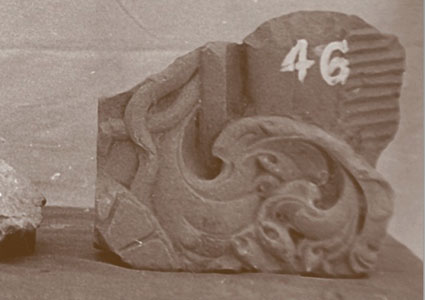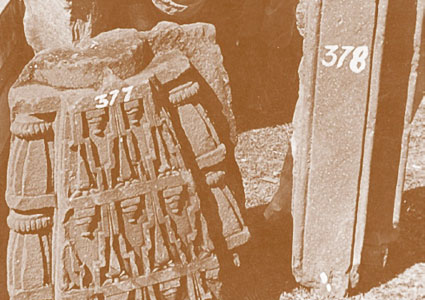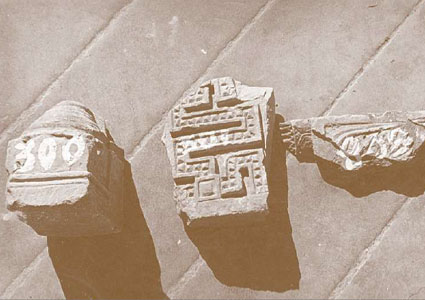The Legendary Signifcance of Mathura
The physical manifestation of Lord Shri Krishna occurred at Mathura. That is why it is recognised as one of the seven cities destined to bestow the final beatitude to Hindu devotees.
अयोध्या मथुरा माया काशी काञ्ची अवन्तिका ।
पुरी द्वारावती चैव सप्तैता मोक्षदायिकाः॥
(नारद पु. २७-३५; गरुड़ उतर. २७-०३)
The history of Mathura dates back to 'Treta-Yuga', which is earlier than the times of Lord Shri Krishna of 'Dwapara-Yuga'. According to the Puranas, Shatrughna, the younger brother of Lord Shri Rama, killed a demon named Lavana and established a town called 'Madhura'
हत्वा च लवणं रछो मधुपुत्रं महाबलं |
शत्रुधनो मधुरां नाम पुरी यत्र चकार वै ||
(श्री विष्णुपुराण १-१२-४)
'Madhura' came to be known as Mathura over time, where Shri Krishna would manifest Himself in the prison cell of the tyrant king Kansa.
The prison cell and the centre of ancient Mathura, according to views of scholars, is the present Katra Keshavadeva. Mr. Growse, the Collector of Mathura and founder of Mathura Museum, had opined in his treatise on Mathura that Katra Keshavadeva and the surrounding areas represent the old city of Mathura.
After a study of the research and antique material, Sir A. Cunningham, wrote in the Archaeological Survey Report, Volume XX, Page 31 as follows :
i) The oldest place of the forest-dwelling king Madhu was at Madhupur, which is now known as Mahon.
ii) After the defeat of Madhu, an Aryan town was built around the Bhuteshvar temple, which stood at the site of the present day Katra Keshavadeva.
iii) I had already arrived at his (Growse's) second conclusion about the site of the ancient Aryan city from an examination of the ground and a comparison with the relative positions of different
Buddhist monuments. The people are also unanimous in their belief that the Katra Keshavadeva is the site of the ancient city.
Cunningham further observes: "But the Katra stands in the Kesopura Mohalla of the present day, and as there can be little doubt that the great temple of Keshava had stood on this site
from a very early date, although often thrown down and as often renewed, I think that Kesopura must be the Khisobora or Kaishobora of Aryan, and the Clisobora of Pliny."
If this view of Cunningham
is correct, it is then.





